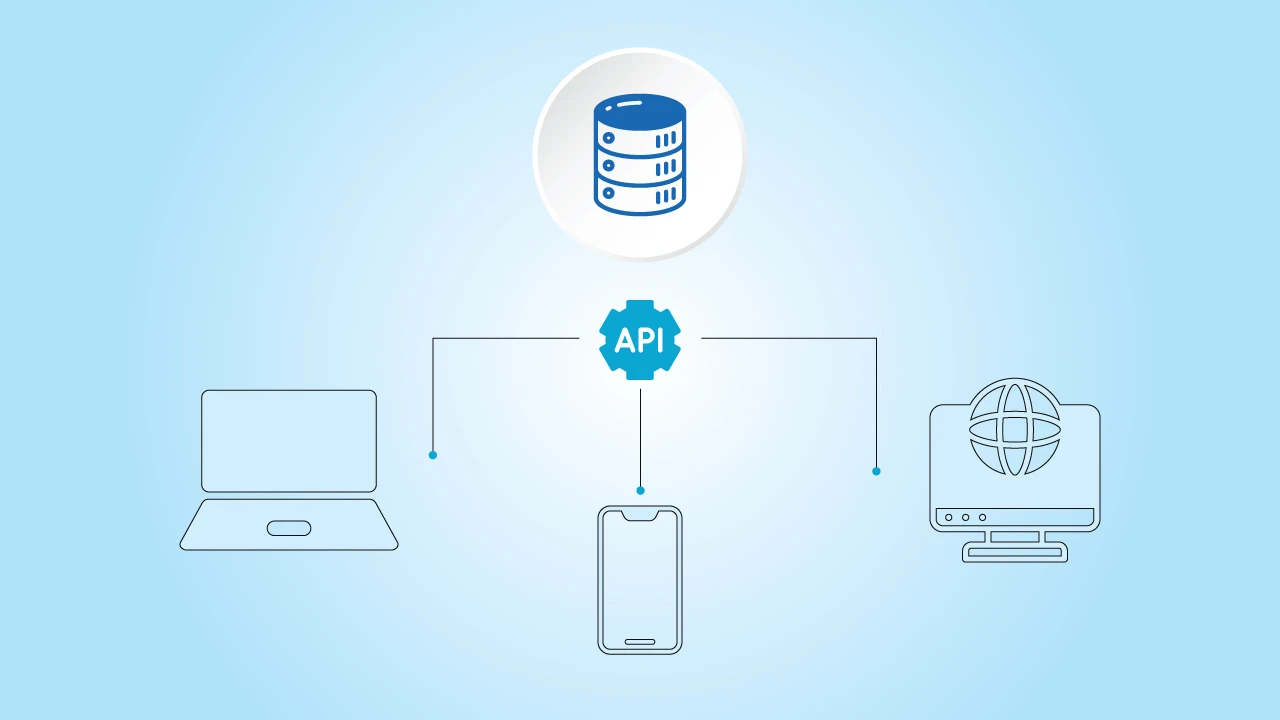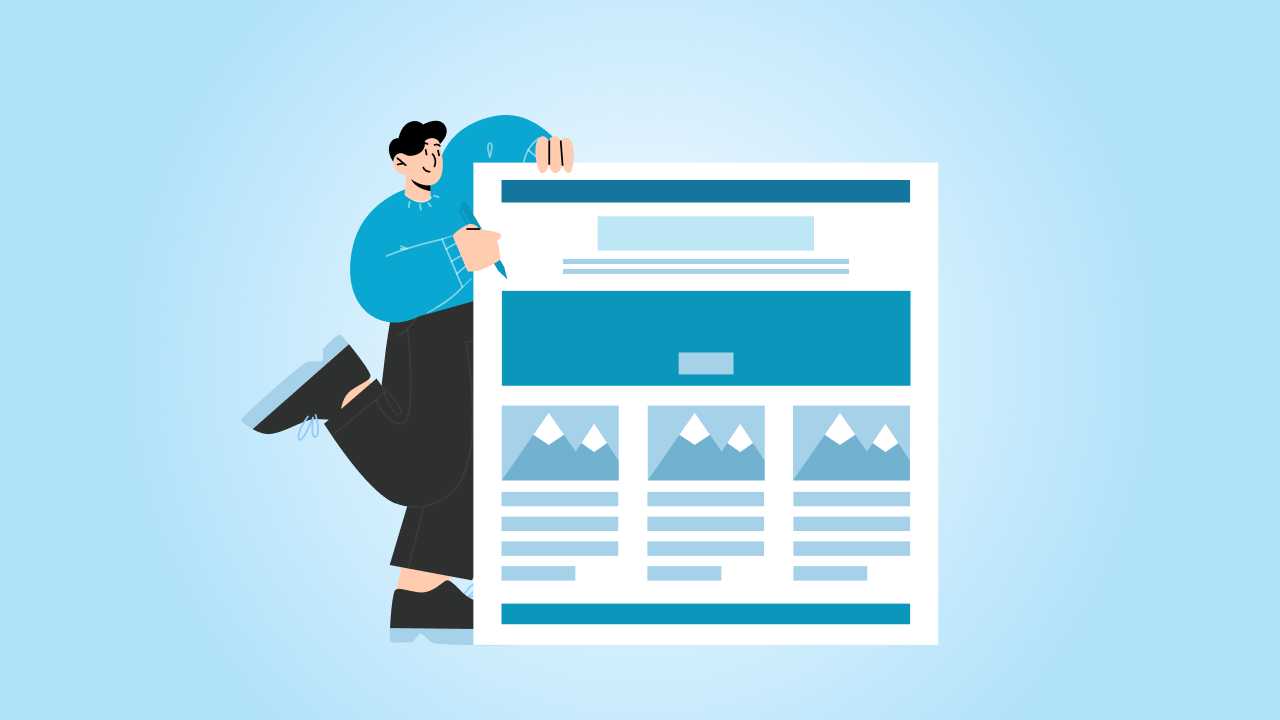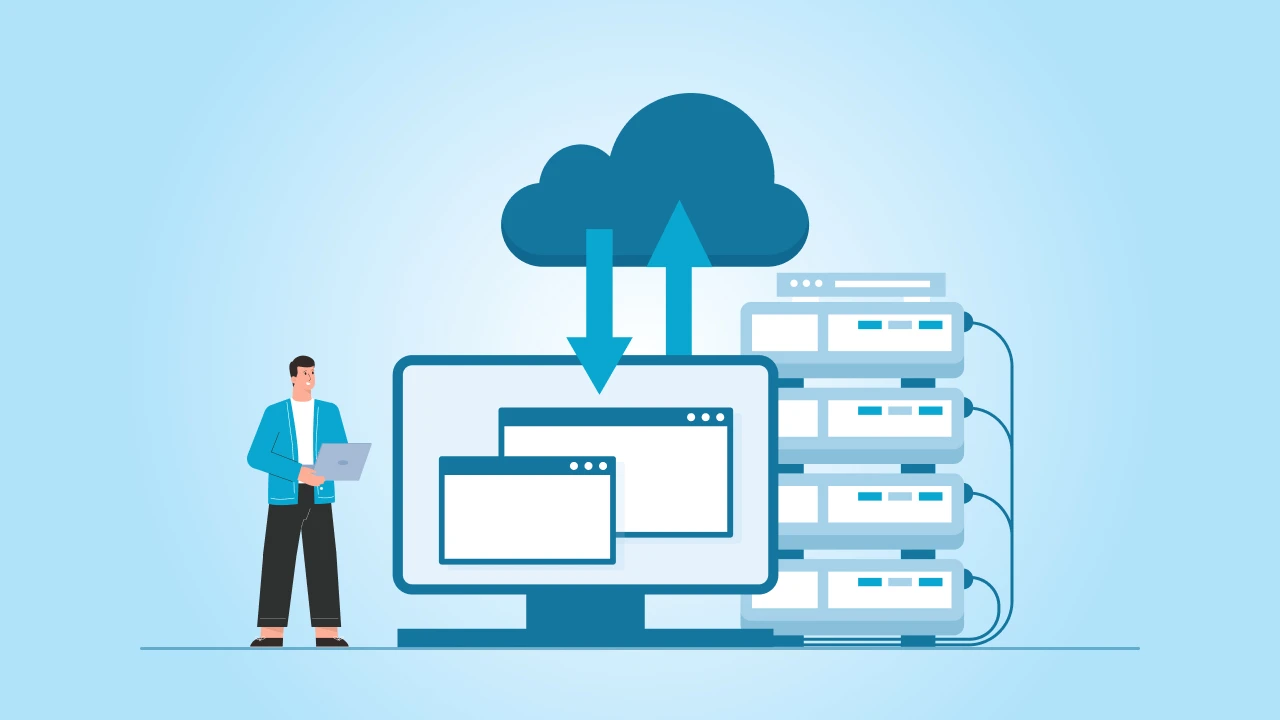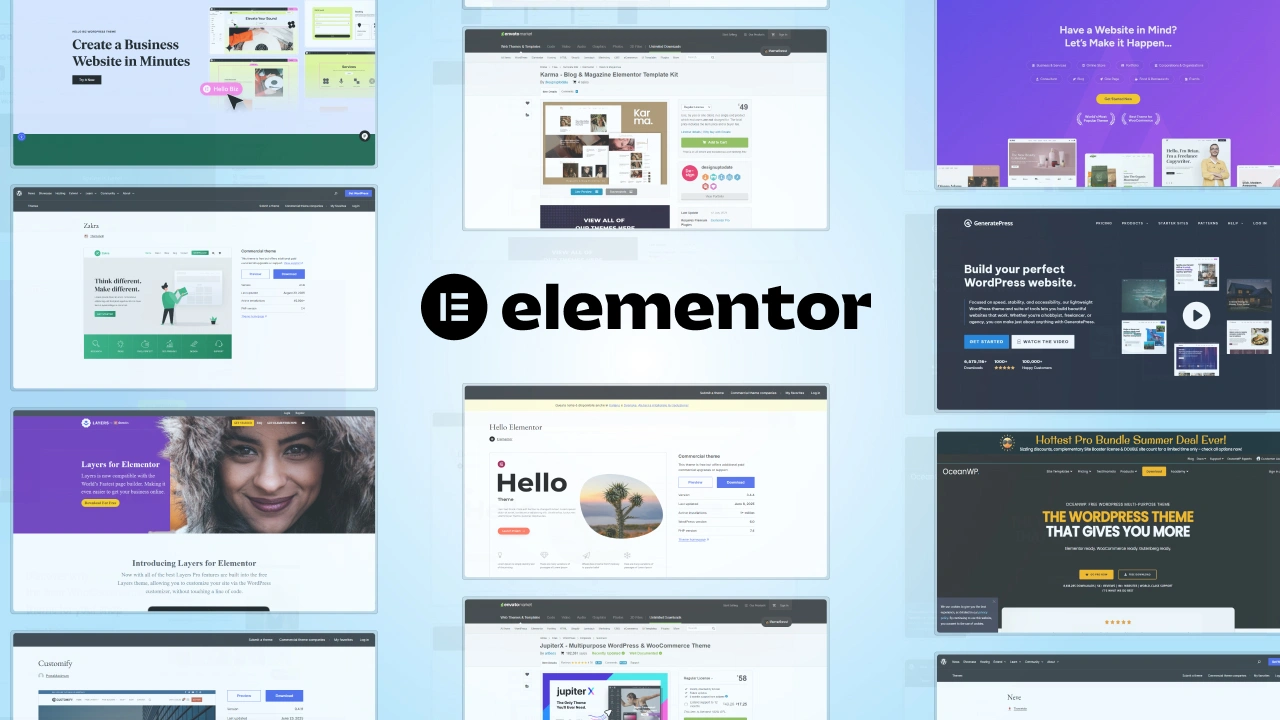If you’ve used WordPress before, you probably know how it works. You write your content, choose a theme, maybe add some ready-made plugins or create a custom plugin, and your website is ready.
But there’s another way to use WordPress that works a little differently. It’s called Headless WordPress. The name sounds strange, but the idea is pretty simple.
With a headless WordPress setup, you still use WordPress to manage your content, just like you always have. But instead of using a regular WordPress theme to display your site, the front end is built separately. You can use your own custom design, a different framework, or tools that help you turn content into static files.
So, why are people using WordPress this way? What’s the point? And should you think about doing it too?
Well, let’s see.
- Headless WordPress lets you manage content in the WordPress dashboard while building a separate, fully custom front end.
- You still use the core features of the WordPress CMS, but you’re not limited by traditional themes or templates.
- Using the WordPress API, content can be pulled into a custom design built with tools like React, Vue, or others.
- This approach is ideal for creating a static website, improving performance, and giving developers full control over layout and logic.
- A headless architecture is especially useful for businesses or teams looking to create a unique content delivery experience across devices.
What is Headless WordPress?
Headless WordPress is just a different way of using WordPress. Instead of having WordPress handle everything—from the back end to the front end—it only takes care of the content. You still write your posts, add pages, and upload images in the usual WordPress dashboard. That part stays the same.
But the front end—the part people see when they visit your site—is built separately. It doesn’t use the usual WordPress themes. Instead, you can use your own design, your own code, or a framework like React or Next.js to display the content however you want.
This whole setup is called a headless CMS. “Headless” just means the front end (the “head”) is removed. WordPress becomes the back end only—a content management system where you store and organize your text, images, and other content.
To send that content to the front end, developers use something called the WordPress REST API. It’s a way to “fetch” data, like blog posts or product info, and show it on your website, app, or even smart devices like voice assistants. This makes it possible to use the same WordPress content across multiple platforms.
The team at cmsMinds can help you plan, build, and launch a custom headless WordPress solution that fits your exact needs.
How Does a Headless WordPress Setup Work?
In a regular WordPress site, everything is connected.
For instance, WordPress takes care of your content, your design, and how the page is shown to visitors—all in one place. But with a headless WordPress setup, things are split into two parts: the back end and the front end.
The back end is the same WordPress you’re used to. You log into the admin panel, write blog posts, add images, and manage your content just like always. This is where the WordPress CMS still does its job.
The difference is what happens on the front end. Rather than choosing from the best WordPress themes, you build the front end yourself using custom tools and code. This could be a JavaScript framework, a mobile app, or even something that builds static HTML files.
Your content is pulled from WordPress using the REST API, which lets your custom front end “fetch” the data it needs.
This headless setup gives you the same content, but more freedom in how you show it. You’re not locked into how WordPress usually displays things. You can create a unique headless website that’s faster, lighter, and easier to control.
Some people even use this kind of setup to build a static site, which means your pages don’t have to load from a database every time. They’re pre-built, so they load super fast. This can make a big difference for site speed, especially for large sites or landing pages that need to perform well.
Benefits of Headless WordPress
So why do some people choose a headless WordPress setup instead of the traditional way? Here are some of the main benefits:
1. Faster Load Times
When you use static site generation, your pages are turned into flat static HTML files. That means there’s no waiting for the server to fetch content from a database every time someone visits your site. It just loads fast. This can seriously improve your site’s speed and overall website performance.
2. Better Scalability
With a headless WordPress site, your content isn’t stuck on just one platform. Thanks to the WordPress REST API, you can send your content to a website, a mobile app, a smart speaker—anywhere. This makes it easier to grow across multiple channels without starting from scratch each time.
3. Stronger Security
Since the front end is separate from the WordPress core, your actual WordPress installation is hidden from the public. That makes it harder for attackers to find and exploit. It also means fewer WordPress plugins running on the live site, which lowers the risk of vulnerabilities.
4. More Design Freedom
You’re not stuck with WordPress themes or layout limitations. You can build a custom front end exactly how you want. Whether it’s a fully branded landing page or a unique layout for your online store, headless gives you complete control over how things look and work.
5. Great for Developers
For development teams who want flexibility and full control, this setup is ideal. You can build your front end using whatever tools you prefer, add custom code, and fine-tune the experience without being tied to the way traditional WordPress works.
Key Features of Headless WordPress
If you’re thinking about trying a headless WordPress setup, it helps to know what makes it different from the usual way WordPress works. Here are some of the key features that set it apart:
1. Separation of Front End and Back End
In a headless WordPress site, the front end (what visitors see) is completely separate from the back end (where you manage your content). WordPress handles the content, but you decide how it’s displayed. This gives website owners and WordPress developers more freedom to build things their own way.
2. Content Delivered Through the WordPress REST API
Instead of loading content the traditional way, headless WordPress uses the WordPress REST API. This allows your front end to pull in data like blog posts, images, or user profiles from the back end. It’s a more flexible way to use WordPress data across many platforms.
3. Support for Multiple Platforms
Because content is sent through an API, you can show it anywhere—on a website, inside a mobile app, or even on smart devices like voice assistants. This makes headless WordPress ideal for projects that need to run on multiple channels using the same content.
4. Static Site Generation Support
Many developers pair headless WordPress with tools that turn your content into fast, lightweight static HTML files. These are great for site speed, SEO, and performance. You can host them on a content delivery network (CDN) to get even faster load times around the world.
5. Custom Front-End Development
Since you’re not tied to WordPress themes, you can design your site however you like. Build a unique landing page, create a sleek online store, or develop a mobile-friendly app. Whether you’re using React, Vue, or something custom, the front end is yours to control.
6. Flexible and Familiar Content Management
Even with all the technical freedom, you still get the same WordPress CMS experience. Editors, marketers, and site owners can manage content in the same admin panel they’re used to—no need to learn a new system.
Drawbacks & Considerations of Headless WordPress
While headless WordPress offers a lot of flexibility, it’s not the perfect fit for everyone. Here are a few things you’ll want to think about before choosing this approach:
1. No Built-In Preview
In regular WordPress, it’s easy to preview your content before hitting publish. But when the front end is separated, that feature doesn’t always work by default. You may need to create your own way to see how a post will look live, which adds a few extra steps.
2. More Development Work
Unlike traditional setups where you can just install a theme and go, a headless site usually needs more hands-on work. You’ll need someone who’s comfortable building layouts, connecting systems, and writing scripts that pull in your content.
3. Setup is Less Plug-and-Play
Going headless often means juggling more moving parts. You’ll manage the WordPress dashboard for content, a separate system for your design, and the connection between them. It’s more technical and may require help from a headless WordPress team with experience in frontend development and API integrations.
4. Relies on Additional Frameworks
Because WordPress no longer handles the visual side, you’ll depend on external tools—like React, Vue, or others—to build your site’s design and functionality. These tools are great, but come with their own learning curve and maintenance.
How to Create a Headless WordPress Site
You don’t need to be an expert to understand how a headless WordPress setup works. It just takes a few steps to separate the front end from the back end and connect everything using the WordPress REST API.
Here’s a simple outline to help you get started:
1. Start with a WordPress Site
Set up a standard WordPress installation. You’ll use it to create and manage your content, just like any other WordPress CMS setup. This part handles your text, images, pages, and posts.
2. Connect Your Content
WordPress comes with built-in tools that let you access your content from outside the dashboard. These tools allow your custom-built front end to grab the content it needs, like posts, titles, or featured images.
3. Pick a Front-End Framework
Next, choose the technology you’ll use to build the visible part of your site. Many developers go with React, Next.js, or Vue. These let you design a fully tailored front end that shows your content the way you want.
4. Pull In the Content
Using your chosen framework, you’ll set things up so it pulls information from WordPress. You can display blog posts, pages, or any other content using your own design, without relying on default WordPress themes.
5. Publish and Host
Once everything’s working, you can deploy your site. A lot of people use tools that turn their content into pre-rendered pages. These load quickly and work well with modern WordPress hosting options like content delivery networks. Services like WP Engine or WordPress VIP also offer support for this kind of setup and can help with performance and scale.
Conclusion
Headless WordPress is a different way to build a website. You still use the standard WordPress setup to create and manage your content, but you’re no longer limited to how WordPress displays that content by default.
This kind of approach gives you more flexibility, especially if you want your content to appear across multiple platforms, like a website, mobile application, or even a smart device. It also gives you more control over your site’s functionality and how it performs.
For some people, the traditional way of building a WordPress website works just fine. But if you’re looking to improve website speed, create a custom WordPress experience, or work with a WordPress web development team to build something specific to your needs, a headless WordPress system might be a better fit.
It’s not a one-size-fits-all solution, but it’s a strong option for those who want to do more with the tools they already use.
Whether it’s a custom front end, API integration, or full-site setup, cmsMinds has the expertise to bring it to life.





